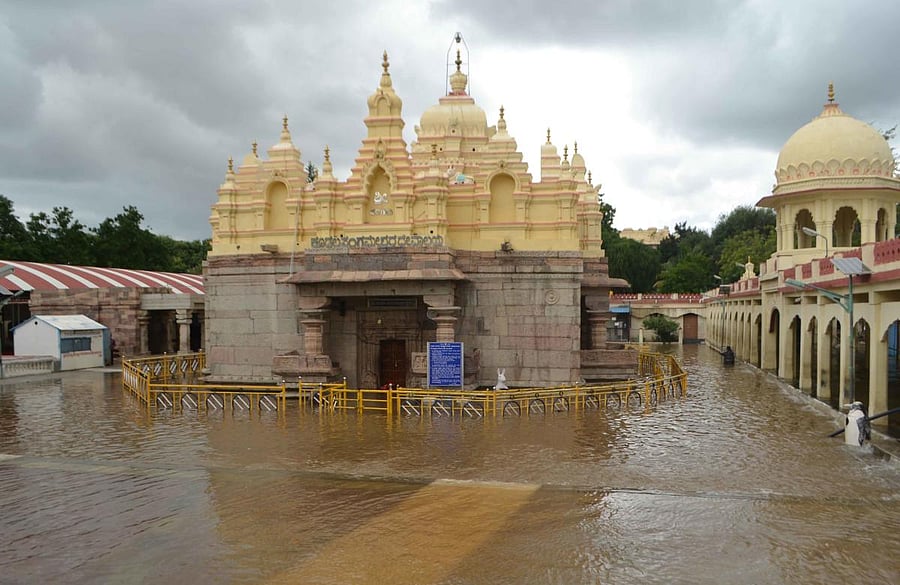
Extreme variations
Rainfall from August 1-9*
District Normal Actual Change
(mm) (mm)
Belagavi 53 309 6 times the normal
Dharwad 40 241 6 times the normal
Haveri 39 288 7.3 times the normal
Hassan 57 291 5 times the normal
Kodagu 213 743 3.4 times the normal
Shivamogga 179 620 3.4 times the normal
Chikkamagaluru 134 432 3.2 times the normal
*KSNDMC data
The average rainfall for Belagavi district during the entire South West monsoon season between June and September is 612 mm.
However, due to very heavy rainfall recorded in the region since August 1, the district has received almost half the seasonal rainfall in around nine days.
From August 1-9, the district has registered 280 mm of rainfall which is seven times the normal of 42 mm for the period. This has compounded the problems for Belagavi, where its rivers such as Krishna, Ghataprabha and Malaprabha were in spate due to the downpour in the Konkan region.
Similarly, Dharwad and Haveri districts received almost half the rainfall for the season during the nine-day period, which resulted in widespread losses to life and property. Dharwad, which records an average of 498 mm of rainfall during South West monsoon, received 273 mm of rainfall in nine days, while Haveri received 236 mm of rainfall against its seasonal average of 485 mm of rainfall.
In the Malnad and the coastal regions where heavy rainfall spiked in the last few days, extreme variations were also recorded. For instance, Hassan received almost seven times the normal rainfall and Shivamogga, Chikkamagaluru, Kodagu and Uttara Kannada districts received almost four times the normal rainfall in the span.
Contrasting picture
The eastern districts of the state paint a contrasting picture in terms of rainfall, even as rivers in spate caused floods in some of the districts.
For instance, the flood-affected Raichur and Yadgir districts have received only half the normal rainfall in the month of August. Other districts such as Bengaluru Urban, Kolar, Ramanagara and Chikkaballapur have received deficient rainfall during the period.
Climate change?
Speaking to DH, G S Srinivas Reddy, director, Karnataka Natural Disaster Monitoring Cell, said that it was not certain whether climate change was the cause for such extreme variations. "One of the features of global warming or climate change is an increase in the frequency of extreme events. Such incidents appears to have gone up recently," he said.
According to G S Bhat, professor, Centre for Atmospheric and Oceanic Sciences, such extreme weather events do occur as floods and droughts were a common phenomenon. As of now, there is no evidence to suggest that these events are the result of climate change. That deduction can only be made if these events become more regular, he added.

